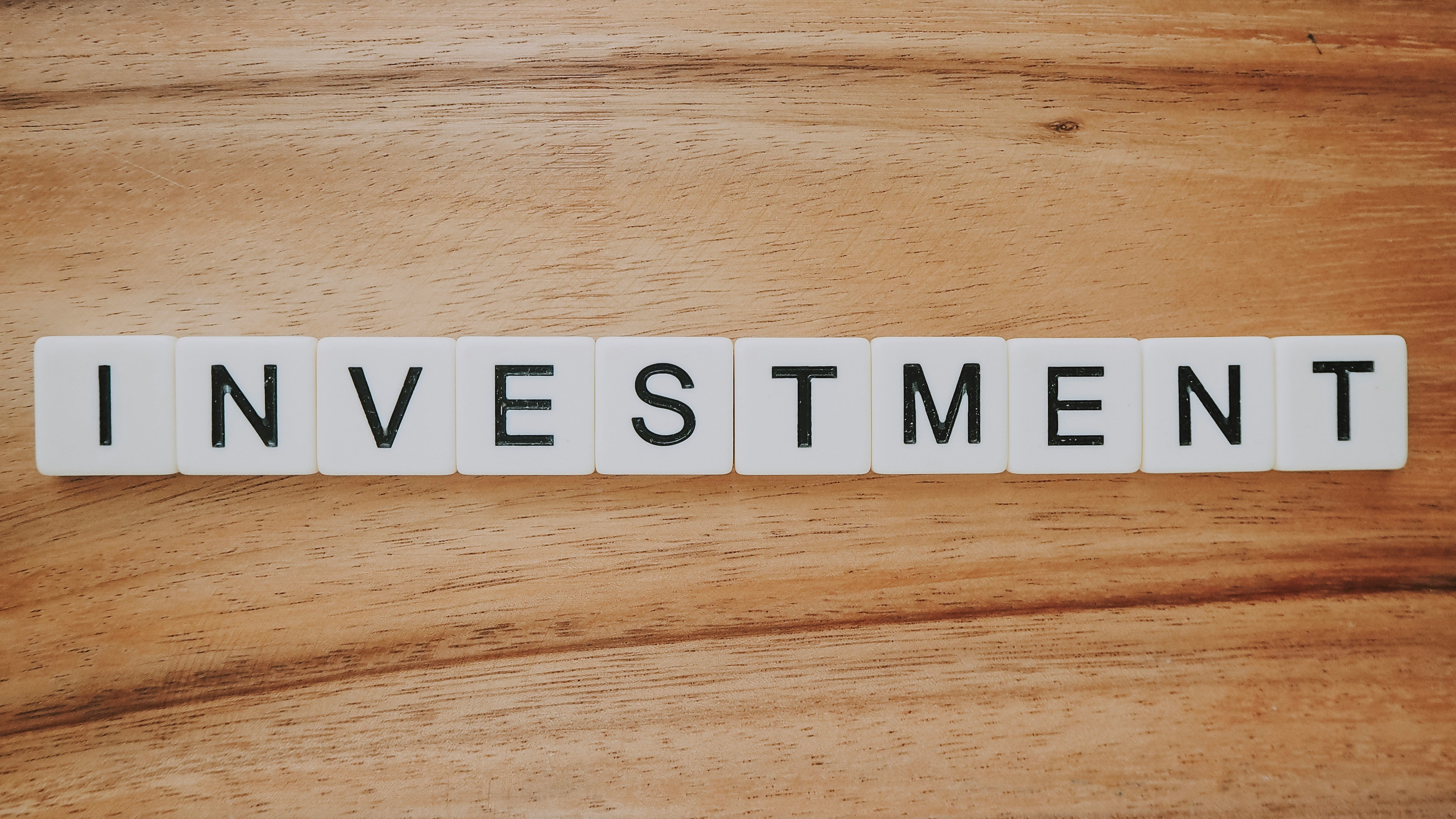If you are presenting a startup idea to angel investors or a venture capitalist, the presentation should be interesting enough to make the investors invest their money into the business venture idea. Everyone is searching for the companies that provide strong growth potential in the near future with minimal risk of failure.
That is why the traction slide comes into play. Here is what will be covered in this guide: traction definition, its benefits and important metrics, how to create effective traction slide and real examples of them at the market.
what’s in the article
- What is a Traction Slide in a Pitch Deck?
- Important Metrics to Include on a Traction Slide
- Effective Tips to Create a Traction Slide
- Common Mistakes to Avoid in Traction Slides
- Examples of Effective Traction Slides
- Conclusion
What is a Traction Slide in a Pitch Deck?
A traction slide in a pitch deck showcases the progress and momentum your startup has gained so far. This reflects basic measures and points of achievement that will show the market that your business is moving in the right direction. When investors can see tangible examples of your growth on this slide, whether it be in terms of customers, revenue, partnerships, and/or products, investors gain confidence in your startup’s success.
Important Metrics to Include on a Traction Slide
Your traction slide should provide investors with key metrics that demonstrate your startup’s momentum and potential for continued growth. Below are essential metrics to consider including.
Revenue Growth
Present the growing revenue scale over the time as this may be one of the key success factors in the case of startup funding phases. Focus on increasing or even growing revenues will convince investors that your business model is both sound financially and easily scalable.
User Growth or Engagement
Show that your audience is growing or becoming more active through the metrics of sign-ups and the number of active users or the level of their activity, such as the average time spent on your platform. This metric demonstrates that consumers are engaging with your product and you are getting brand recognition of your products in the market.
Pipeline Growth
Ensure that you add information concerning the expansion of your sales funnels like, number of viable prospects or potential active deals. This data tells investors that your business is continuously growing the customer base and setting up for future growth in sales.
Market Share
Provide information to show your startup’s market share with respect to competitors. Proving an ever-growing market share showcases that clients are increasingly endorsing your offered product or service by advertising it in the market.
Critical Landmarks
Mention major accomplishments your startup made, for example, releasing new products, signing with important partners or obtaining the necessary license. Such critical events indicate the progress being made by your business and put it on course to achieving sustainable success.
Monthly Active Users (MAU)
MAU defines the number of active buyers that use your product or service at least once in a one month period. It is critical as it demonstrates long-term user engagement and overall well-being of the customer, to your business.
Customer Acquisition Costs (CAC)
CAC is the measure of the player’s cost of acquiring a particular customer. If investors see that you have achieved other growth metrics apart from CAC, then they can be assured that your business is scaling efficiently, with low costs. A low CAC means that you are getting the customers economically and efficiently.

Looking to Build aPitch Deck without worries about it’s success?
EVNE Developers is a dedicated software development and consulting team with a product mindset.
We’ll be happy to help you turn your idea into life and successfully monetize it.
Effective Tips to Create a Traction Slide
Crafting a powerful traction slide can be key aspect in funding stages for startups. Here are some tips to help make your traction slide as effective and impactful as possible.
Use Visuals Effectively
The use of charts or graphs, and any other form of graphical display can help investors more easily understand and focus on data presented to them. Avoid clutter but rather be concise where you focus on trends of your startup. Do not overwhelm the picture and make sure that the picture helps the narrative being passed, rather than distract them from it.
Focus on Real Numbers
Investors want to see actual data, not just projections or promises. Include real, quantifiable metrics that demonstrate your startup’s progress. Whether it’s revenue, user growth, or market share, concrete numbers provide credibility and show that your business is already gaining traction.
Provide Context
Numbers alone don’t tell the full story. Always provide context to explain why the metrics are meaningful. Compare your growth to industry benchmarks or past performance to highlight the significance of your achievements. Context allows investors to better understand the value of the progress your startup has made.
Be Transparent
Honesty is crucial when presenting your traction for all stages of funding for startups. Talk about challenges, or areas in which the development has been unexpectedly slow. It actually helps to create trust with the investors, to show that you are not hiding anything from them and that you have a clear, potential risks of the business, its pros and cons, which is always a good thing in investors’ perspective.
Common Mistakes to Avoid in Traction Slides
While creating a traction slide as one of the main points in startups funding stages, it’s important to avoid certain pitfalls that can undermine the effectiveness of your presentation. Here are some common mistakes to watch out for.
Ignoring Context
Presenting data without context can leave investors confused or unimpressed. Using numbers is not enough—tell the story behind the figures. For example, if your user base grew by 50%, this should highlight why is that good in your niche or how that compares to others in your industry.
Overloading with Data
It is important not to clutter your slide with too much information since it will confuse investors and dilute from the main issues you want to present. This is because it will not work to inundate your investors with figures they can’t understand, or that aren’t particularly relevant to your startup’s progress. Spreading it across the entire report might dilute your key message and could confuse the investor on your business prospects.
Inconsistent Metrics
Having irrelevant or inconsistent metrics can demoralize your target group and reduce the credibility of your investment stages. Be certain that you are reporting accurate data that relate well with your business model and is measurable over time. Focus on growth milestones that are easily quantifiable and that together communicate a consistent message about your startup’s progress.
Poor Visual Design
A cluttered or poorly designed traction slide can diminish the impact of your data. Avoid using hard-to-read fonts, chaotic layouts, or overwhelming colours. Instead, ensure that your visuals are clean, professional, and easy to interpret, so the investors can quickly grasp your progress and potential.
Examples of Effective Traction Slides
1. Airbnb
Slide Type: User Growth and Engagement Metrics
Key Metrics: Airbnb showcased their user growth by displaying impressive statistics about active users and listings over time. They often included graphs that illustrated their rapid expansion in both hosts and guest numbers. This visual data helped investors understand the platform’s growing popularity and user engagement.
2. Slack
Slide Type: User Growth and Engagement Metrics
Key Metrics: Airbnb showcased their user growth by displaying impressive statistics about active users and listings over time. They often included graphs that illustrated their rapid expansion in both hosts and guest numbers. This visual data helped investors understand the platform’s growing popularity and user engagement.
3. Uber
Slide Type: Revenue Growth and Market Expansion
Key Metrics: Uber’s pitch included visuals of their revenue growth alongside metrics on rides completed. They presented these figures with maps showing their expansion into new cities and countries, making it clear how they were scaling their startup stages operations and capturing market share.
4. Dropbox
Slide Type: User Growth and Critical Landmarks
Key Metrics: Dropbox effectively showcased user growth by presenting a clear graph that indicated how they grew from a few thousand users to millions within a short period. They also included key landmarks, such as reaching a certain number of users or launching major features, which highlighted their growth journey.
5. Pinterest
Slide Type: Engagement and Market Share
Key Metrics: Pinterest’s traction slide included metrics on user engagement, such as pins created and repins, to illustrate the platform’s active community. They also presented data comparing their market share with competitors, demonstrating their position in the social media landscape.
6. Zoom
Slide Type: Monthly Active Users (MAU) and Revenue Growth
Key Metrics: Before going public, Zoom showcased its rapid increase in monthly active users and revenue during the first phases of startup funding, highlighting significant spikes during major events like the COVID-19 pandemic. They effectively demonstrated how their platform became crucial for remote communication, making a strong case for sustained growth.
Conclusion
Navigating the startup landscape is an adventure characterized by ambition, obstacles, and moments of insight. Within this expansive realm, the traction slide stands out as a guiding light, illuminating the progress and potential of your venture. Though it represents just one slide in your pitch deck, its importance is immense. It offers investors a concrete view of your startup’s journey—its past achievements, current status, and bright future prospects.
In this guide, we’ve taken a comprehensive look at the crucial role of traction, fundraising stages, exploring its intricacies and strategies for effective presentation. We’ve examined the essential components that make up this slide and shared best practices to enhance its appeal. Additionally, we’ve highlighted common mistakes to avoid, ensuring that your narrative remains genuine and impactful. In case you need any assistance with creating a strong pitch deck, you can always consider using our pitch-deck consulting services for startups.
Overcoming this is simple: make sure the traction data is presented in easily digestible graphics – be they graphs or charts – that focus on points such as revenues, traffic, and market share. For example, if the data presents growth trends, use simple line graphs or if comparison is needed, use simple bar graphs and these should avoid clutter.
You should update your pitch deck information regularly, ideally whenever you achieve significant milestones or receive new data. Keeping the information current—such as quarterly or after major developments—ensures that your pitch reflects the latest progress and maintains investor interest.
To prepare for presenting the traction slide, practice your delivery to ensure clarity and confidence. Anticipate questions from investors regarding the data, and be ready to provide context and insights. Familiarize yourself with the metrics thoroughly, so you can discuss their implications and relevance effectively during the presentation.

About author
Roman Bondarenko is the CEO of EVNE Developers. He is an expert in software development and technological entrepreneurship and has 10+years of experience in digital transformation consulting in Healthcare, FinTech, Supply Chain and Logistics.
Author | CEO EVNE Developers


















